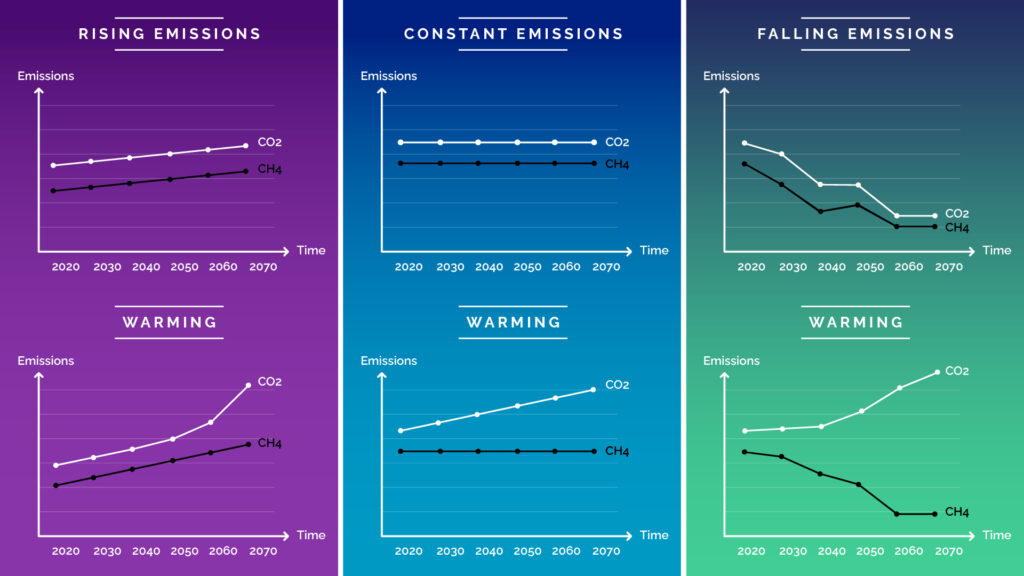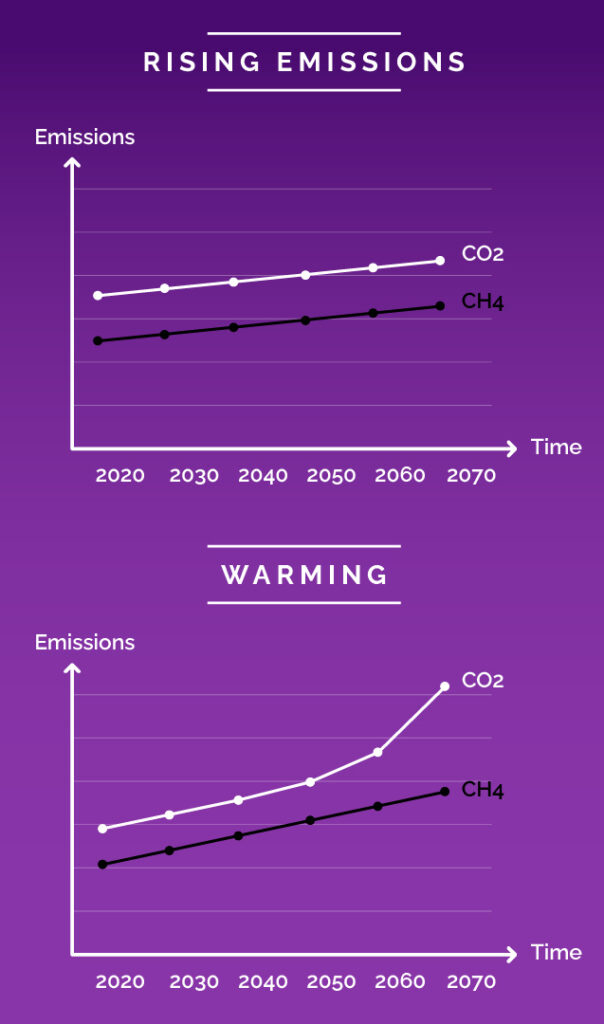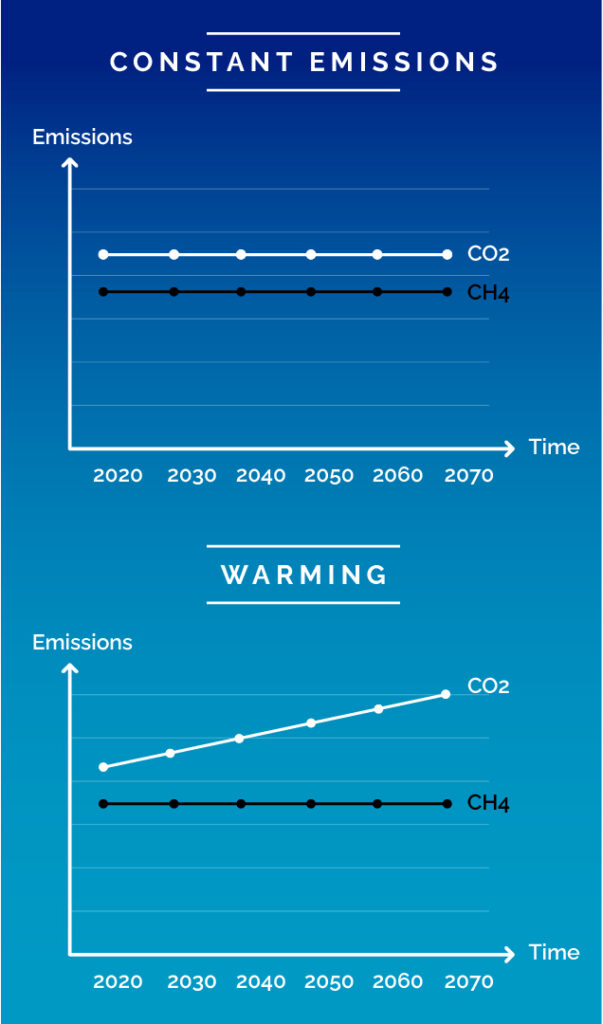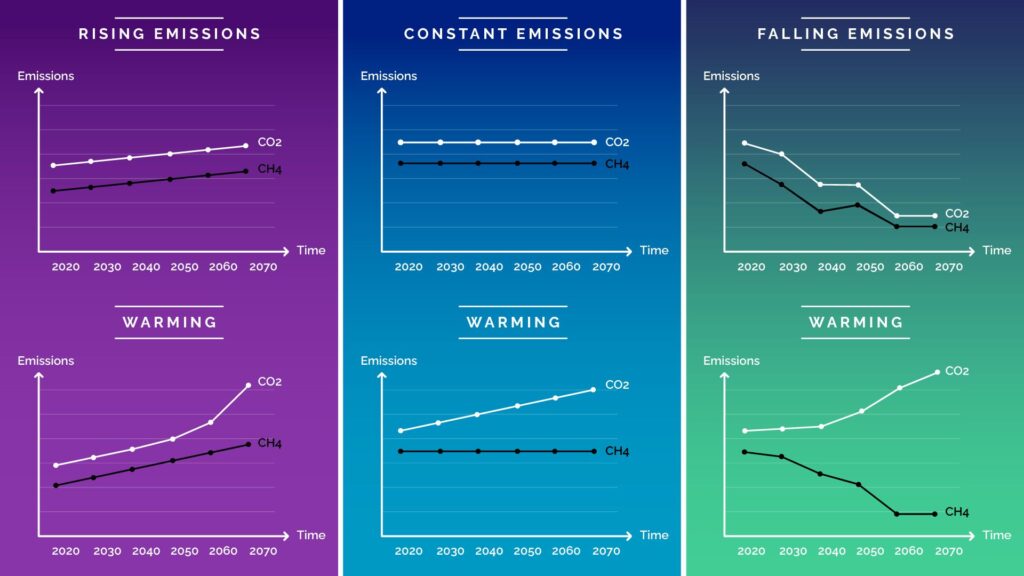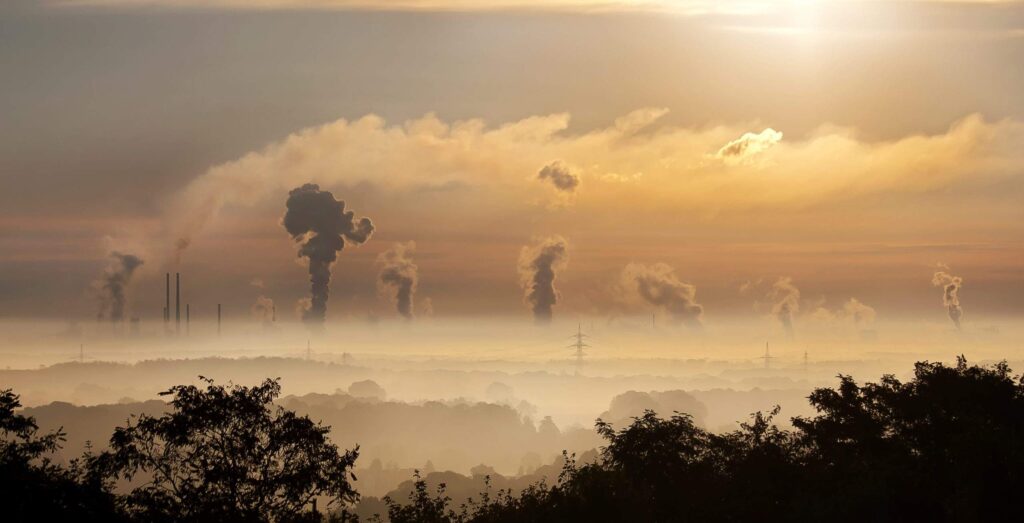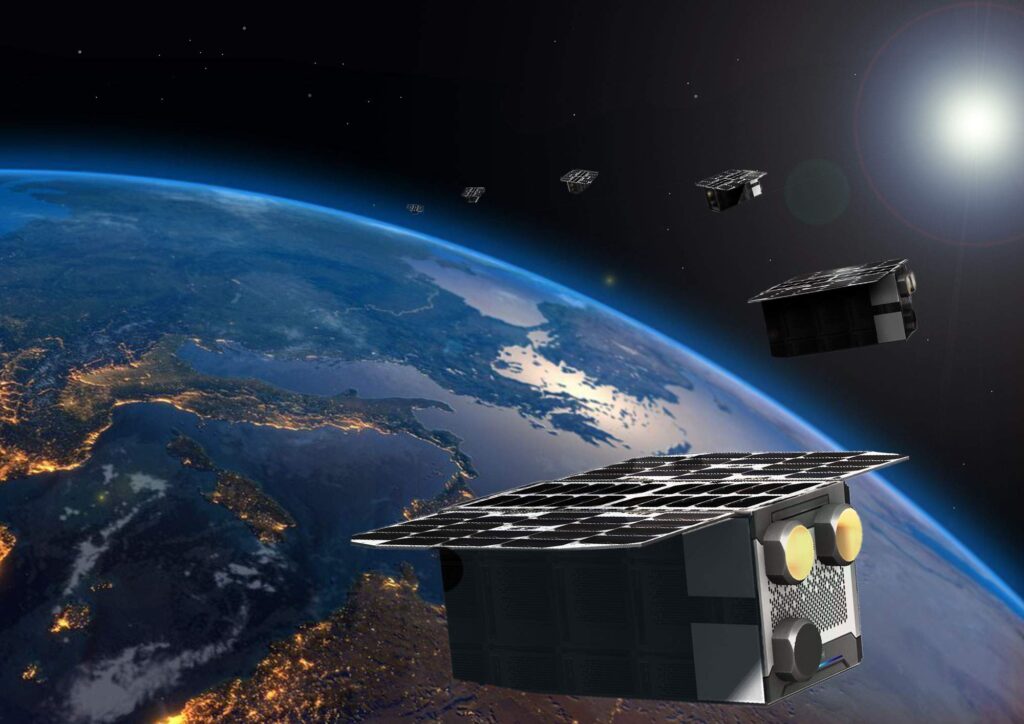GESat constellation :
our response against climate change
It is necessary to monitor and understand the workings of methane emissions in our territories in order to design solutions to fight efficiently against this greenhouse gas (GES).
Environmental intelligence through the exploitation of satellite and aerial data, thanks to AI, allows us to quickly and effectively fight climate change and its effects.
We must find solutions adapted to each industry in order to limit the increase of the global average temperature to less than 2°C (Paris Agreement).



